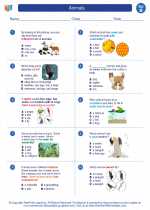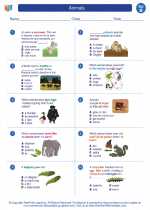Habitat Destruction and Fragmentation
Habitat destruction and fragmentation are two of the biggest threats to biodiversity. They occur when natural habitats are altered, disrupted, or destroyed, leading to detrimental impacts on the plants, animals, and other organisms that depend on those habitats for survival.
Habitat Destruction
Habitat destruction refers to the complete elimination of a natural habitat. This can occur due to various human activities such as deforestation, urbanization, mining, and agriculture. When habitats are destroyed, the plants and animals that live there are forced to relocate or may not survive at all. This can lead to a loss of biodiversity and ecosystem imbalance.
Habitat Fragmentation
Habitat fragmentation occurs when a large, continuous habitat is broken up into smaller, isolated patches. This can happen due to the construction of roads, dams, or other infrastructure that divides the habitat. Fragmentation can disrupt the movement of species, limit access to resources, and increase the risk of extinction for some populations.
Study Guide
- Define habitat destruction and provide examples of human activities that contribute to it.
- Explain the concept of habitat fragmentation and its impacts on biodiversity.
- Discuss the interconnectedness of species within a habitat and how habitat destruction and fragmentation can disrupt these relationships.
- Explore potential solutions and conservation efforts to mitigate habitat destruction and fragmentation.
- Compare and contrast the effects of habitat destruction and fragmentation on different types of ecosystems, such as forests, wetlands, and marine habitats.
◂Science Worksheets and Study Guides Second Grade. Animals

 Activity Lesson
Activity Lesson
 Worksheet/Answer key
Worksheet/Answer key
 Worksheet/Answer key
Worksheet/Answer key
 Worksheet/Answer key
Worksheet/Answer key
 Worksheet/Answer key
Worksheet/Answer key
 Vocabulary/Answer key
Vocabulary/Answer key
